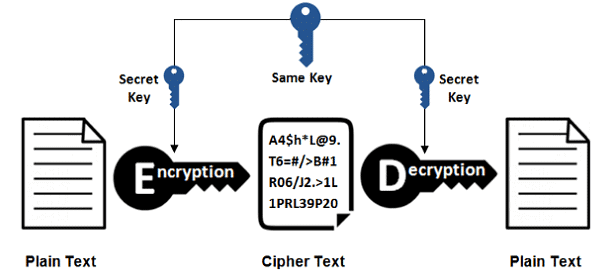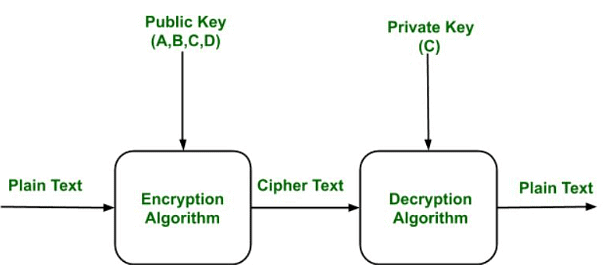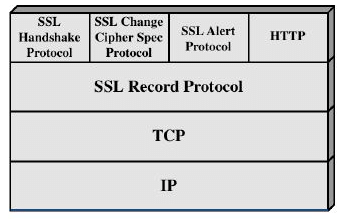Cryptography | IBPS PO Prelims & Mains Preparation - Bank Exams PDF Download
Introduction
Its a technique to encrypt the plain text data into cipher text using keys which makes it difficult to understand and interpret. Decryption is the reverse of encryption. There are several cryptographic algorithms available as described below:
- Secret Key
- Public Key
- Message Digest
Secret Key Encryption
In this process, both sender and receiver have one secret key. This secret key is used to encrypt the data at sender's end. After the data is encrypted, it is sent on public domain to the receiver. Now using the same secret key receiver decrypts the data. Algorithms encrypt/decrypt the message block by block, a block referring to group of bits. It is also called symmetric key system. The algorithms using this system are faster and the only problem is that key management is not easy.

E.g.- Data Encryption Standard (DES), Advanced Encryption Standard (AES), International data encryption algorithm (IDEA).
- DES: block size - 64 bits, key size - 56 bits
- IDEA: block size - 64 bits, key size - 128 bits
- AES: block size - 128,192,256 bits, key size - 128,192,256 bits
Public Key Encryption
In this process, every user has its own secret key which is never made public. Along with that, every user has its own public key which is always in public domain and is used by sender to encrypt the data. Upon receiving, receiver decrypts that data by using its own secret key. In other words, every communication node will have a pair of keys.

E.g.- RSA algorithm: Based on the principles of number theory, it involves 4 steps - key generation, key distribution, encryption, decryption. This algorithm was invented in 1978 by Rivest, Shamir and Adleman. DES is about 100 times faster than RSA.
Message Digest
In this method, actual data is not sent, instead a hash value (128 bits) is calculated and sent. Receiver computes its own hash value and compare with the one it receives. If both hash values match, message is accepted otherwise rejected. This method was designed by Ronald Rivest in 1991.
E.g. - MD5 hashing - mostly used in authentication where user password is cross checked with the one saved on server.
Web Security - Secure Socket Layer (SSL)
SSL is a cryptographic protocol to secure the network across a connection oriented layer. It was first developed by NetScape in 1994 and became an internet standard in 1996. It uses a dedicated TCP/IP socket (e.g - 443 for https). Along with that it also provides built in data compression. Look at the SSL architecture below.

SSL handshake verifies the server and allows client and server to agree on an encryption set before any data is send out.
Compression and decompression are functions of this record layer. Encryption of data occurs after compression.
Alert protocol explains the severity of the message and a description (e.g. 'fatal' - then terminate immediately).
Function of cipher spec protocol is to notify the other party to use a new cipher suite.
|
647 videos|1019 docs|305 tests
|





















